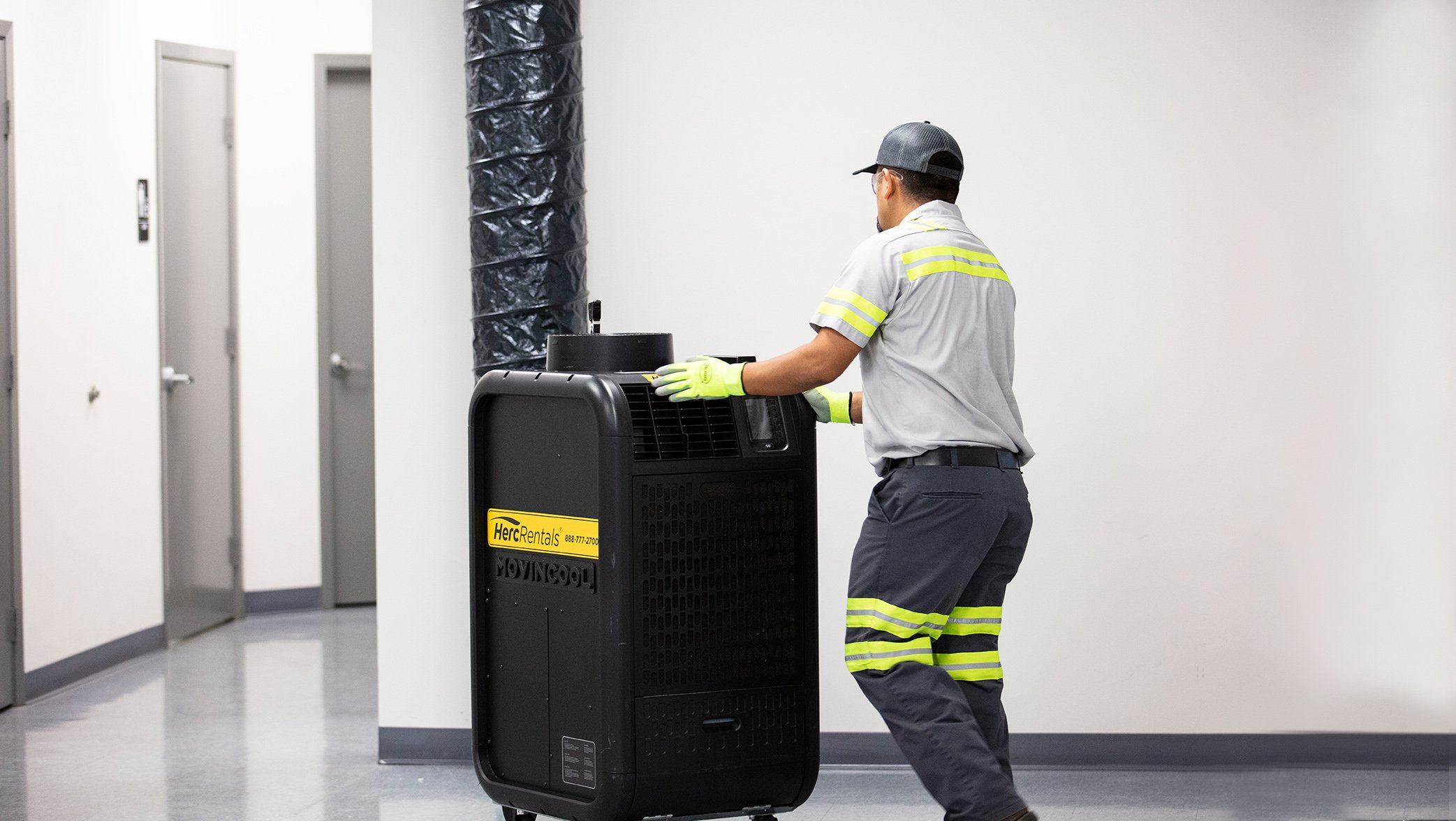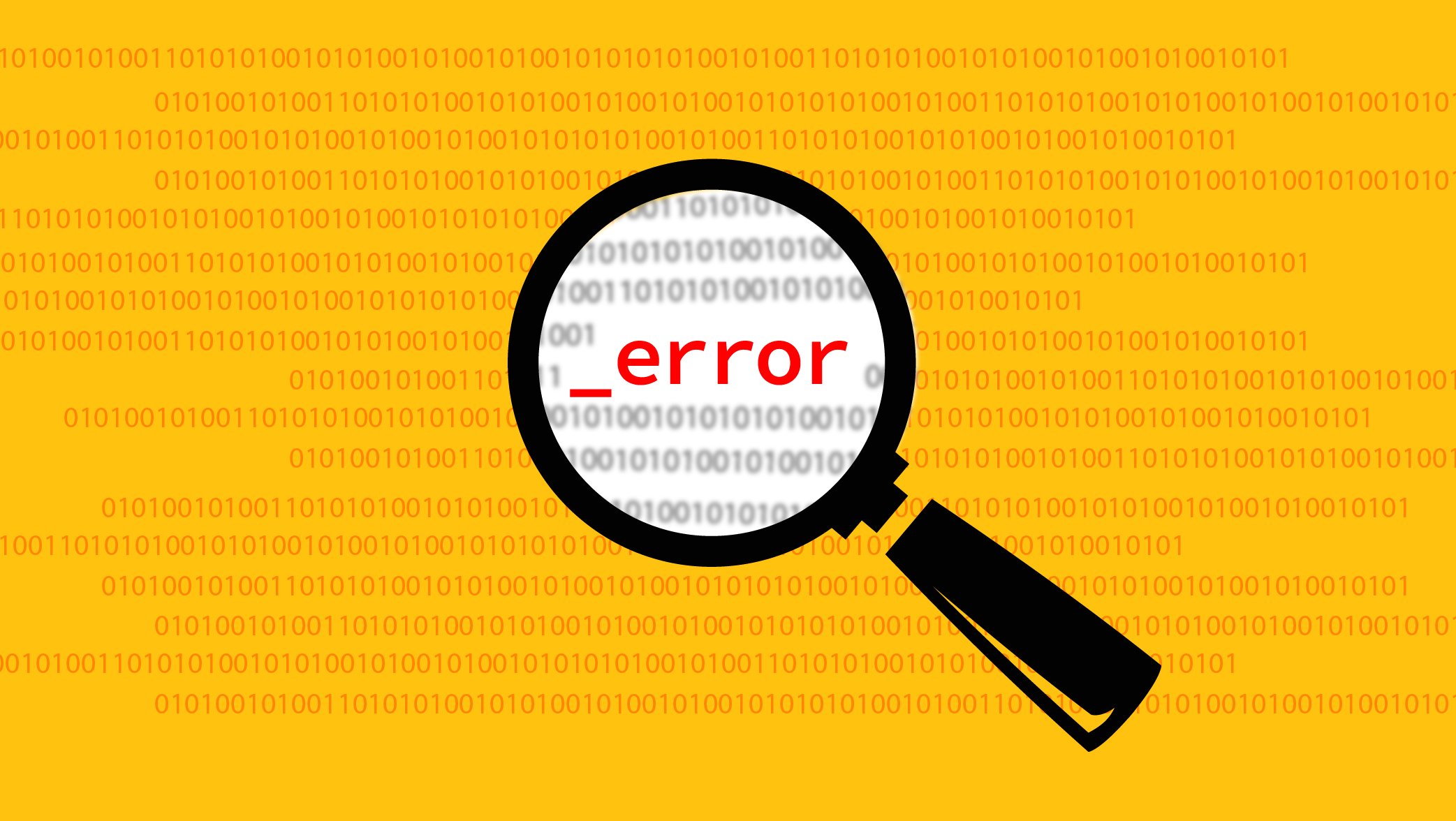Understanding the difference between direct fired and indirect fired heaters is crucial when choosing which heating system works for your job. They both have their benefits and drawbacks, and one may be better suited for certain spaces than the other. Learn more about the differences below.
Direct Fired Heaters

Direct fired heaters are similar to a gas barbecue grill or your gas stovetop. With propane or natural gas heating, units force air directly through the flame to heat the air.
Benefits of using direct fired heaters include:
- Efficiency – Direct fired heaters convert 100% of the fuel being used to direct heat which lowers fuel consumption and operating costs.
- Easy to Transport – Direct fired heaters are fairly simple pieces of equipment that can be moved to where heat is needed.
- Powerful – High amounts of heat (BTU’s) are produced in smaller units when compared to indirect fired heaters.
- Electricity Requirements – Some units do not require electricity.
- Lower Rental Costs – Direct fired heaters are less expensive to rent.
- Lower Maintenance Costs – They are also typically easier to maintain.
- Built-in Thermostat – Most models use a thermostat to control the temperature.
- Safe for Unsupervised Use – Multiple redundant safety features allow direct fired heaters to stay running without supervision. Our heaters are CSA and UL rated.
Some drawbacks to using direct fired heaters are:
- Ventilation Required – The room must have some level of air exchange. Direct fired heaters cannot be used in a tightly sealed structure unless windows and doors can be opened for air exchange.
- Safety Concerns – They add moisture and carbon monoxide into the air.
Direct Fired Heater Applications
Generally, direct fired heaters are used on construction sites, outdoor applications, or warehouses. Since direct fired heaters have an exposed flame similar to a stovetop or grill, these units should be reserved for areas where there is plenty of ventilation and less foot traffic. Common applications include:
- Construction Sites
- Warehouses
- Food Industry
- Mining Industry
- Petrochemical Industry
Indirect Fired Heaters

Indirect fired heaters are just like your home oil or gas burning furnace with a chimney. With propane or natural gas heating units, the flame is contained in a burn chamber which heats a “heat exchanger”. The cooler air passes over and around the heat exchanger, thus heating the air.
Indirect fired heaters offer some positive points, like:
- 100% Clean, Dry Air – The air being circulated never comes in direct contact with the flame.
- Built-in Thermostats – Almost all indirect fired heaters use a thermostat.
- Can Operate in Tightly Sealed Spaces – Indirect fired heaters do not release carbon dioxide into the space.
Some negative aspects of indirect fired heaters are:
- Higher Cost – The rental cost is nearly four times the amount of a direct fired unit.
- Lower Efficiency – Fuel efficiency is usually close to 80%.
- Electricity Required – Indirect fired heaters always need an electrical outlet.
- Requires Exhaust Ventilation – You must either vent the exhaust outside or duct the hot air inside. This makes installing and removing indirect heaters cumbersome because of the setup and tear down of ductwork.
- Harder to Transport – Indirect fired heater units are much larger and less portable.
Indirect Fired Heater Applications
Indirect fired heaters are perfect for a workspace that is tightly sealed and lacks a working heating system. Indirect fired heaters use a contained heating system that limits CO2 emissions, which makes these units a safe option for populated areas. Common applications include:
- Retail Spaces
- Construction Sites
- Hospitals & Healthcare Buildings
- Universities
- Chemical Production Industry
Rent a Direct or Indirect Fired Heater
At Herc Rentals Business, we offer a broad variety of direct and indirect fired heaters for rent.


